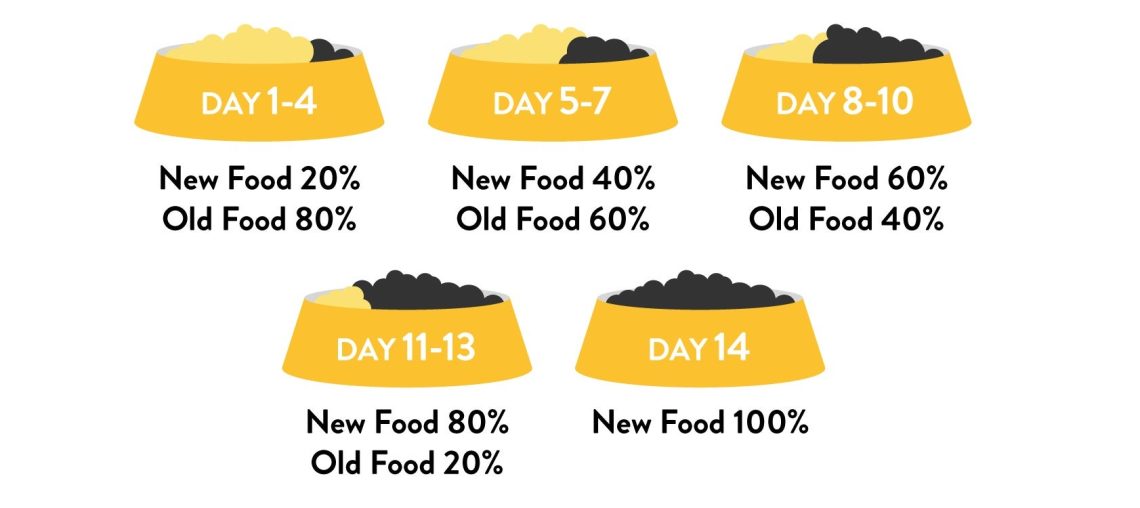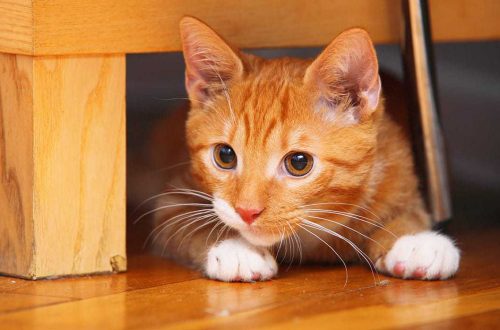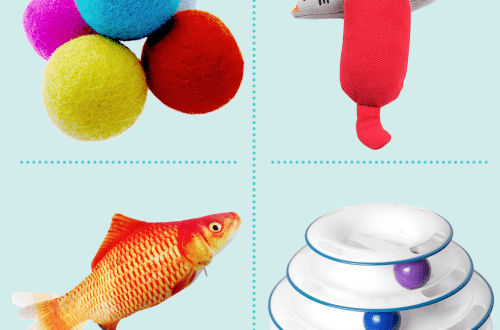
How to help your cat transition to a new food
Whether you’re switching to a better food, having a health issue, or just a new stage in your cat’s life, there are many reasons why you might decide to switch from one type of food to another. However, cats are finicky and changing food too quickly can make this process difficult.
Changing food can be a difficult task, but it can be made easier. Cats should transition to the new food gradually. Follow these tips and you’ll be fine.
- Start the transition by mixing the old food with the new one. Gradually decrease the amount of the old food while increasing the amount of the new one. For better adaptation to the new food, continue this feeding regimen for at least 7 days. A gradual transition will help minimize digestive problems and eliminate diarrhea associated with changing food.
- Be patient. Don’t worry if your cat doesn’t eat the new food. For picky adult cats with varying health conditions, the transition time can take 10 days or a little longer.
- Note. In some cases, such as acute gastrointestinal illness, the veterinarian may not recommend a gradual transition, but an immediate change from the old food to the new one.
To help you, here is a 7-day transition schedule:

Contents
Special periods for switching to a new food
It is extremely important to know when to switch from one type of food to another, depending on the stage of the cat’s life:
- Kittens should be switched to adult cat food at 12 months of age to get the right amount of nutrients.
- Cats aged 7 years and over should also switch to a mature, adult or senior cat food that will provide them with the right amount of nutrients for their lifestyle.
- Pregnant or lactating cats need a higher calorie diet with a higher calcium content. Be sure to switch them to special kitten food during this time.
Feeding Tips for a Newly Adopted Cat
It takes some time to mix foods of different brands or formulations. Provide your pet with the pleasure of eating.
- Prepare a secluded and quiet area for her to eat, free of loud noises and other cats.
- Feed her by hand, at least at first. The person offering the food should get along well with the cat.
- Offer wet or canned food along with dry food.
- Make sure you store all foods properly to maintain their quality and freshness.
Switching from dry food to wet food
Unless advised otherwise by a veterinarian, wet food is the best supplement to dry food. For mixing, it is better to use the same brand of food: this will ensure healthy digestion and consistency in the number of calories. If your cat has never tried canned food before, there are several ways to help you incorporate it into your cat’s diet.
- If wet or canned food has been refrigerated, warm it to body temperature before feeding. Mix thoroughly to disperse hot lumps that form during microwave heating. If the food is too warm to the touch, then it is too warm for the pet.
- Serve canned cat food on a flat saucer so that the cat’s whiskers do not touch the edges. If you first put a little warm wet food on the edge of the saucer, the pet can easily lick it off.
Switching to Diet Cat Food
If a veterinarian has recommended a dietary food for certain health conditions, be sure to discuss in detail the transition to such a food. There may be special requirements and additional advice from a veterinarian to help you and your pet.
- Diet cat foods are different from regular cat foods and may have additional nutritional requirements. If you prefer to give a particular type of cat food (wet/canned, dry, or both), tell your veterinarian so they can recommend a food that will provide additional (nutritional) support for your cat’s health.
- Adding everyday cat food from the grocery store or pet store to your diet will greatly reduce the benefits of a diet food and may compromise your pet’s health, so be sure to follow your veterinarian’s instructions when switching to a diet food.
Switching to a new cat food from a shelter
Although a cat adopted from a shelter may want to immediately switch to a new food, it is best to wait at least 30 days before switching to a food that is different from what she was fed at the shelter. The thing is, a cat can feel uncomfortable in a new environment, which can cause digestive problems until she adapts to the new environment. Changing food at this stage will only exacerbate the problem. You, like many pet owners, may be under the false impression that food is the cause of your pet’s indigestion.
Be sure to follow your veterinarian’s instructions and ask questions. It does its job to help keep your cat happy and healthy.





